Tunisian Food Dishes: Basic Overview
Common Ingredients
Common Cooking Methods
Courses
Meals
Key Taste
Eating Etiquette
Meal Presentation
Culinary Festivals
Influence and Fusion
Popular Types of Tunisian Dishes
-
Desserts
In Tunisia, desserts are a celebration of sweetness and often feature local ingredients like dates, nuts, and honey.
They range from simple pastries to elaborate confections.
-
Stews
Tunisian stews are hearty, flavorful dishes that combine meats, vegetables, and spices, slow-cooked to perfection.
-
Soups
Soups in Tunisia are diverse, ranging from light and brothy to thick and nourishing, often spiced with local seasonings.
They serve as a staple in Tunisian cuisine, providing warmth and comfort, and can be enjoyed as a starter or a main meal.
Tunisian dishes are a blend of Mediterranean and Berber culinary traditions, often making use of olive oil, spices, tomatoes, seafood, and meat. Delicacies are distinctively spicy, achieved by using chilies as a condiment.
Dishes of Tunisia reflect a history of cultural exchanges, influenced by delicacies coming from France, Italy, and the Arab world. Ingredients like tuna, eggs, olives, and various pastas are commonly used.
Tunisian cuisine also includes a variety of seafood, owing to its long coastline. Plus, many culinary creations incorporate unique elements like scented waters and traditional spice mixes.
This culinary tradition stands out for its focus on spiciness and the extensive use of harissa in its dishes.
Don’t forget to explore the backstory of Tunisian food along with some great drink additions to pair with the specialties of Tunisia.
26 Most Popular Tunisian Dishes with Filters
Make sure you make use of the filter system, providing a helping hand in organizing these Tunisian specialties in alphabetical order, key ingredients, tastes, dish types, cooking methods, and worldwide popularity.
Don’t miss the interesting compilation of the most popular, national, traditional, and street food choices from Tunisia:
Lablabi
- Traditional
Lablabi is a traditional soup in Tunisia usually served at breakfast. This is a chickpea soup cooked with some spices such as cumin, harissa, and caraway.
Remember, the spicy harissa plays an important role in this soup that dictates the flavor profile.
Tunisian lablabi tends to use dry chickpeas instead of canned ones. Locals will recommend enjoying this soup with stale bread, a poached egg, and a spiced dressing.
Thanks to Tunisia’s coasts and rich seafood sources, the locals also decorate the dish with tuna and olives to add more flavor and texture to it. In local restaurants, the waiters even allow you to “cook” the dish on your own.
Assiette Tunisienne
- Traditional
Assiette Tunisienne is a refreshing Tunisian side salad for a refreshing lunch. Highly recommended to all, it stands out among Tunisian salads.
It cleverly utilizes leftover Easter eggs, incorporating them with sliced or diced vegetables, olives, capers, and topped with tuna.
Harissa
- National
- Traditional
Harissa is a beloved spicy condiment in Tunisia that originated when the Spanish introduced red chili peppers between 1535 and 1574. The sauce is a combination of red chili, salt, garlic, and cumin.
Its heat level varies with the type of chili used, and it can be smoked for added flavor complexity. Available in paste and powder forms, it’s incredibly versatile, and often used in many dishes
Recognizing its cultural significance, UNESCO added “Harissa, knowledge, skills, and culinary and social practices” to Tunisia’s Intangible Cultural Heritage list on December 1, 2022.
Mechouia Salad
- Traditional
Mechouia salad is native to Tunisia, usually served as an appetizer. It consists of grilled vegetables instead of raw ones, serving as a first course at many meals.
Moreover, you can find tomatoes, onions, peppers, and garlic in the salad, boasting a spicier profile than harissa. The locals usually enjoy it with grilled fish and lamb.
Kosksi
- National
- Traditional
Kosksi, or Tunisian couscous, is not only a steamed dish rich in flavor but also steeped in history, earning the Intangible Cultural Heritage title in 2020. As Tunisia’s national dish, it appears in many main dishes.
Despite its simplicity, kosksi is beloved year-round, offering both mild and spicy variations. Unique for its inclusion of semolina, kosksi is often served with beef and vegetable broth, enhancing its taste.
Tunisian variations also include fish, cinnamon, crushed rosebuds, and seafood, with diverse spices adding new dimensions to this traditional favorite.
Tajine
- Traditional
Tajine is a Tunisian dish, reminiscent of a quiche, including meat, cheese, eggs, and a rich blend of spices. Baked to perfection, the Tunisian tajine is known for its unique texture and depth of flavor.
It incorporates a distinctive spice mix called tabil, which includes exotic ingredients like dried rose buds and cinnamon.
Traditionally cooked in a shallow earthenware dish over coals, Tunisian tajine boasts a crusty, smoky exterior that encases a tender, aromatic interior.
Brick a l’oeuf
- Street Food
- Traditional
Brick a l’oeuf is a Tunisian twist on dumplings, offering contrasting textures of thin, crispy pastry shells and a soft, runny egg. Drizzled with lemon juice, this square-shaped delicacy possesses a balance of flavors.
Available in both savory and sweet versions, brick a l’oeuf even has a version during Ramadan, offering fillings like meat and olives.
Koucha
- Traditional
Koucha is a traditional Tunisian lamb stew. While it can be prepared in modern cookware like cast-iron skillets or pressure cookers, the authentic flavor is best achieved in a gargoulette, a traditional clay pot.
Served with rice or bread to soak up the rich sauce, koucha becomes a rich, satisfying meal. The stew often includes potatoes, adding texture and heartiness when served.
Chakchouka
- Traditional
Chakchouka is a traditional dish originating from the Maghreb region of North Africa, including Tunisia. It’s specifically known for its rich vegetable ragout base.
Although introduced to Tunisia by Jewish immigrants in the mid-20th century, chakchouka only surged in popularity within the country in the 1990s.
Characterized by its spicy flavor profile, Tunisians enhance Chakchouka with paprika peppers. This dish is served across meals from breakfast to dinner and is traditionally accompanied by bread to absorb its flavorful sauce.
Kefta
- Traditional
Kefta, with its myriad regional variations, is a meatball specialty in Tunisia. To create kefta, it involves combining minced lamb, saffron, and egg yolk.
Across North Africa, each locale offers its unique take on these flavorful meatballs, cooked through methods like baking, grilling, or steaming.
Kefta pairs excellently with spicy stews and soups, where ingredients like rice, vegetables, eggs, or bulgur within the meatballs provide a soothing counterbalance to the heat.
Mloukhia
- Traditional
Mloukhia is a Tunisian variation of this soup boasting a unique dark color broth from jute leaves. The locals use chopped fresh leaves instead of dried or ground ones to combine with protein sources like beef and cook it over a charcoal flame.
It is a must-have dish in new-year parties of the Hegira or Ras-el-am holiday.
The Tunisian population usually cooks stew or soup with the leaves instead of eating raw and white rice with some wedges of lemon.
Kamounia
- Traditional
Kamounia is a rich stew in Tunisia known for its distinctive use of beef and liver, flavored primarily with cumin. While beef and liver are the classic ingredients, variations with lamb and an array of other spices are also popular.
In Tunisia, the stew can be enjoyed on its own or served over a bed of cooked rice, offering a hearty and flavorful meal.
Chorba Frik
- Street Food
- Traditional
Chorba frik is a beloved dish widely enjoyed in Tunisia during the Ramadan months. Traditionally made with mutton or lamb, variations of the dish may include beef or poultry. Thanks to a soupy texture, chorba frik can be a meal in itself or paired with flatbread for a more filling option. A unique experience in Tunisia during Ramadan is the opportunity to enjoy chorba frik alongside borek.
Asida
- Traditional
Asida is a traditional porridge in Tunisia coming from the Arabs. Locals often savor it as either a sweet treat or a savory meal.
In Tunisia, the sweet version is typically served with honey and butter or carob syrup or date syrup, especially in the south, making it a popular breakfast choice.
For a savory twist, it’s paired with harissa, with this variation often consumed later in the day.
Osbane
- Traditional
Osbane is a kind of sausage cherished in Tunisia, Algeria, and Libya, created from a mix of rice, herbs, lamb, liver, and heart. This delicacy is typically served alongside rice or couscous during special occasions.
Plus, osbane boasts a variety of spices, including cayenne, black pepper, turmeric, cinnamon, mint, parsley, and dill.
The filling is encased in sheep intestines or sausage casings, then meticulously cooked in a pot before being browned in a pan or oven to achieve its characteristic texture and taste.
Brik
- Street Food
- Traditional
Brik is a celebrated Tunisian delicacy, with brick a l’oeuf being its most renowned variant. This layered filo pastry treat has a special place among the Tunisian Jewish community in Israel.
While brik can be filled with a variety of ingredients, the preparation remains consistent, typically deep-fried and then embellished with capers, cheese, or harissa to enhance its flavor.
In Tunisia, the pastry is folded into a triangle before cooking it in a frying pan for two or three minutes.
Fricasse
- Street Food
Fricasse is how Tunisians interpret crunchy fried pastry with a filling of tuna, egg, olives, and an array of other ingredients, all subtly spiced with turmeric. This beloved snack can be easily found at street vendors or prepared at home.
Originating in the 19th century, Fricasse has not only become a staple in Tunisia but has also found popularity among Jewish families who migrated from Tunisia to Israel. You can easily find fricasse from street vendors in Tunisia.
M’semen
- Traditional
M’semen is a sourdough flatbread in Tunisia, Algeria, Morocco and comes from the Maghreb. This common bread uses semolina flour and durum wheat to create a smooth mixture.
After kneading the dough, people shape it into squares. Usually, locals will fold m’semen up to 8 layers while sprinkling semolina flour between layers to prevent them from sticking.
Ideally, m’semen is enjoyed with honey, tea, or coffee, serving as an effortless breakfast. Alternatively, the bread is also stuffed with meat and veggies for a savory bite.
Bambalouni
- Street Food
Bambalouni is a sweet Tunisian donut, crafted from a simple dough of flour and oil, then deep-fried to golden color. This treat can be enjoyed homemade or bought from fast food shops.
Typically served with a generous dusting of sugar or a drizzle of honey, bambalouni can be savored at any time of day, from a morning treat to an evening dessert.
Baklava
- Traditional
Baklava is a sweet treat known for its numerous thin layers in Tunisia along with the Maghreb and Arab countries. This dessert consists of filo pastry filled with chopped nuts and sweetened with syrup or honey.
The term “baklava” itself is derived from Ottoman Turkish, tracing back to the ancient name “baqlawa.”
In Tunisia, baklava is traditionally served on the 15th day of Ramadan, during which Sultans would distribute it to the Janissaries in a ceremonial practice known as “Baklava Alayi.”
Cornes De Gazelle Tataouine
- Traditional
Cornes de gazelle Tataouine is a pastry popularized in Tunisia. This delicacy encases a sweet almond paste filling within a shell made from only the finest almond powder.
Versatile in its use, it is served at traditional ceremonies, as well as during Eid and Ramadan. In Tunisia, alongside the classic sweet version, a fried variant known as “mahchi” is also available.
Assidat Zgougou
- Traditional
Assidat zgougou is a Tunisian dessert bringing together pine nut seeds and cream. This delicacy is specially prepared to mark the Mūled, a significant religious festival.
The sweet treat is all about grinding the pine nut seeds, which are then sieved and cooked alongside flour, starch, milk, and sugar. This mixture is then poured into a bowl and topped with a white cream concoction.
To enhance its visual appeal, the dessert is garnished with an assortment of nuts, seeds, and candy.
Makroudh
- Traditional
Makroudh is a date dessert in Tunisia that combines semolina, dates, olive oil, and nuts. This sweet treat is a staple during Eid Elfit, Ramadan, and other celebratory events.
In Tunisia, the two most popular variations are the kairouan makroudh and a fresh-fig-filling version.
Zrir
- Traditional
Zrir is a Tunisian sweet treat, specially prepared to celebrate the joyous occasion of a newborn’s arrival. Traditionally, it is customary for new mothers to make this dessert as a gesture of respect and warm welcome for guests visiting the baby.
The lovely treat is believed to aid in the recovery of new mothers by alleviating pain and enhancing milk production. Families in Tunisia have their unique recipes, varying from soft, creamy, and caramel-colored to those preferring a firmer texture.
The dessert, rich in meaning, is crafted from a paste of sesame and hazelnuts. Served in compact, transparent glasses, guests enjoy zrir with a spoon.
Jalebi
- Street Food
- Traditional
Jalebi, known as z’labia or zalabia in Tunisia, is a sweet snack that enjoys popularity across various regions of the world. This delectable treat is made by deep-frying a batter of flour and yeast into circular or pretzel shapes.
Then, these crispy treats are then immersed in a fragrant syrup made from honey and rose water. Z’labia holds a special place in Tunisian culture, especially during Ramadan and other religious festivals.
It can be savored hot or cold, often garnished with nuts or cream to enhance its flavor.
Bjawia
- Traditional
Bjawia is a cherished Tunisian dessert of roasted dried fruits blended with soft syrup and pistachios to achieve a uniform shape before being cut into bite-sized pieces.
This delicacy hails from Sfax, a city in Tunisia, and has been a part of the culinary tradition since ancient times. Traditionally, families had their unique recipes for bjawia.
What Are the Regional Cuisines in Tunisia?
There are many regions in Tunisia that contribute to food diversity. These are some regions to be aware of:
| Region | Characteristics |
|---|---|
| Tunis (Beldiya) | Prefer milder food, less use of harissa, featuring unique breads and desserts. |
| Atlas Mountains | Preference for game meat such as quail, pigeons, squabs, partridge, rabbits, and hare. |
| Cap Bon | Seafood favorites include tuna, anchovies, sardines, sea bass, and mackerels. |
| Djerba | Dense Jewish presence, kosher food, seafood-based meals, and regional dishes like rouz djerbi. |
| Sfax | Traditional dishes are preferred, unique additions to Tunisian cuisine, famous for marka (fish soup), charmoula, and both daily and high-range pastries. |
| Gabes | Uses hrous seasoning instead of harissa, known for hrous Gabsi paste. |
To uncover more about Tunisian food, let’s take a break by having beverages with those popular dishes.
What Tunisian Dishes to Have with Beverages?
Take your Tunisian specialties to the next level by combining them with some refreshments. Here are some best combos you should try out:
Don’t forget to tell me about your thoughts after trying them in the comment below. Don’t forget to share these delicacies coming from Tunisia.




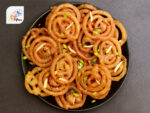

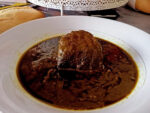
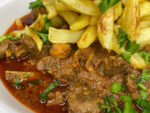

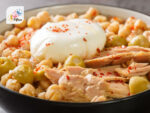
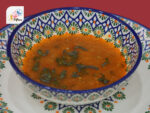
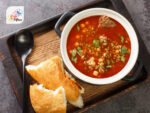
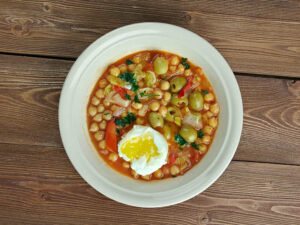
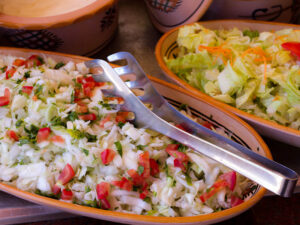
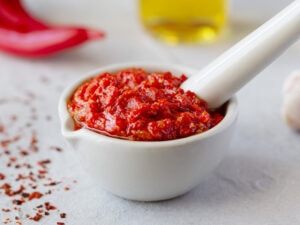
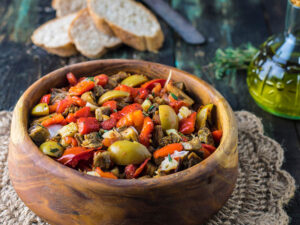
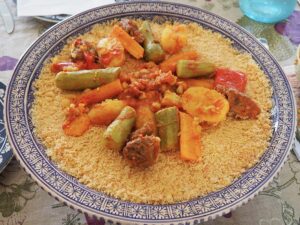
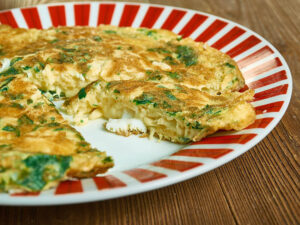
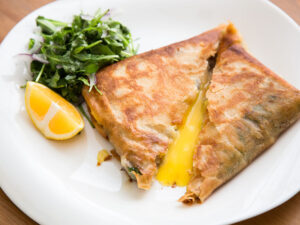
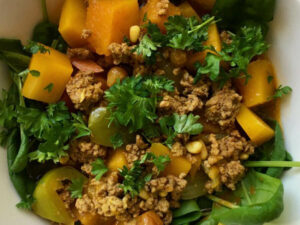
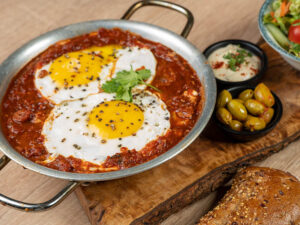
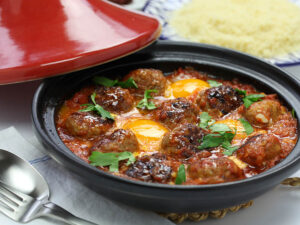
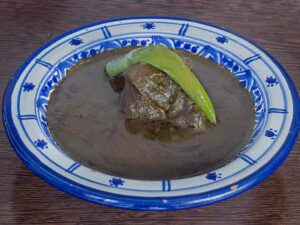
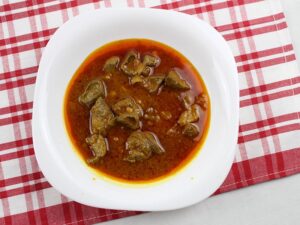
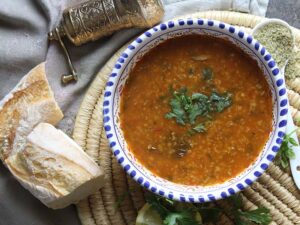
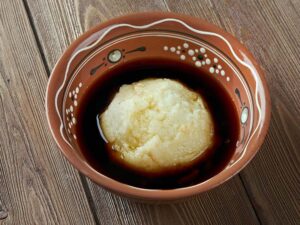
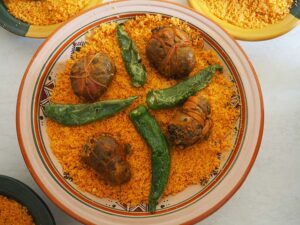
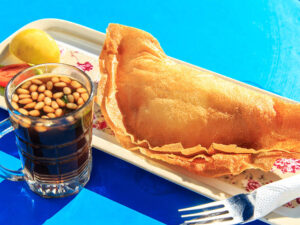
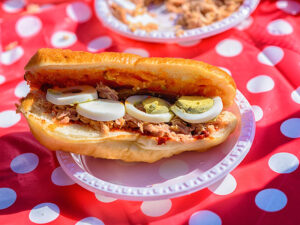
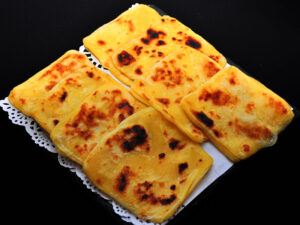

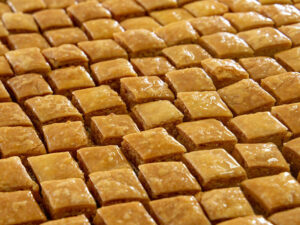
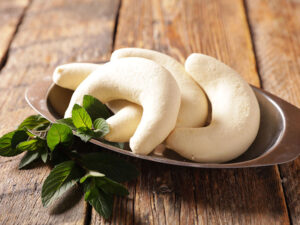
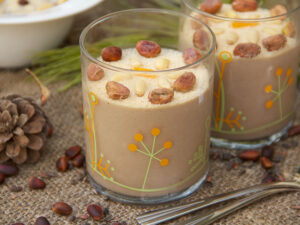
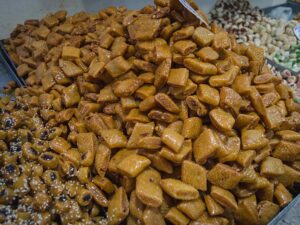
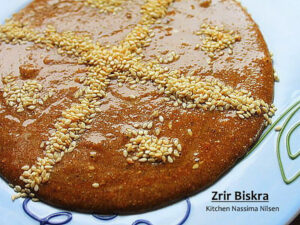
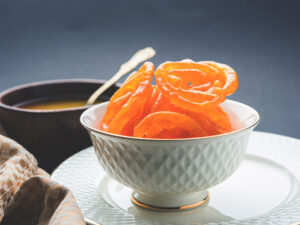
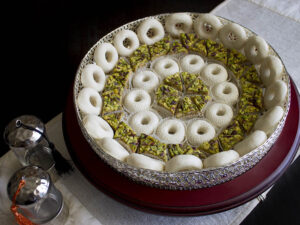
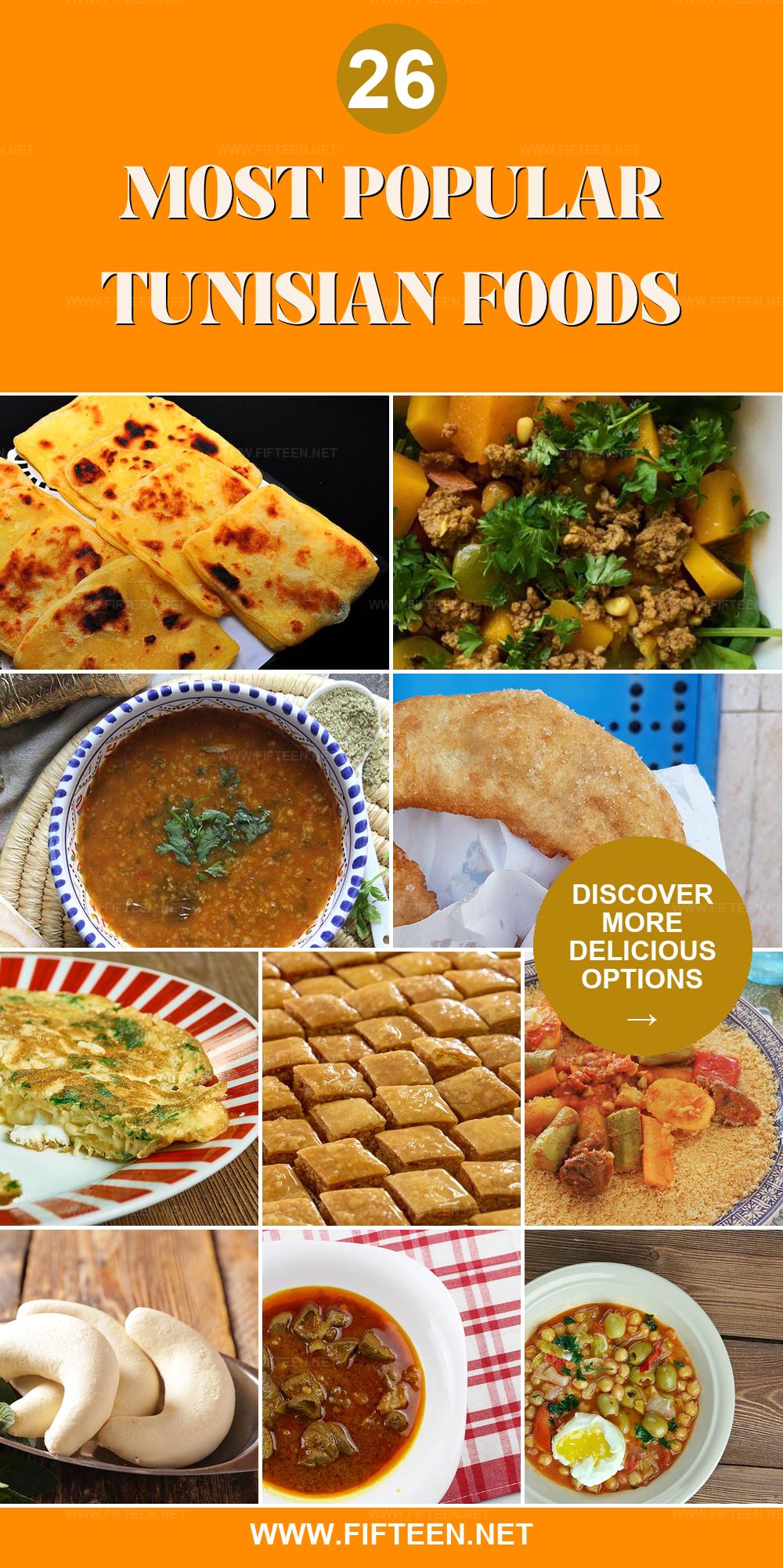
Jamie Scott
Editor in Chief, Senior Content Writer
Expertise
Home Cooking, Meal Planning, Recipe Development, Baking and Pastry, Food Editor, Cooking-video Maker, Western Food Evaluation Expert
Education
Le Cordon Bleu College of Culinary Arts
Local Community College, New York, NY
Jamie Scott is a skilled culinary expert and content creator specializing in Western cuisine. With over 15 years in the culinary field and formal training from Le Cordon Bleu, Paris, Jamie deeply understands how to blend nutrition with delicious flavors. His passion for cooking matches his commitment to making healthy eating accessible and enjoyable.
On Fifteen.net, Jamie brings a fresh perspective to classic dishes and beverages, offering readers insightful recipes, cooking tips, and a fresh view on meal planning that emphasizes taste, health, and simplicity.